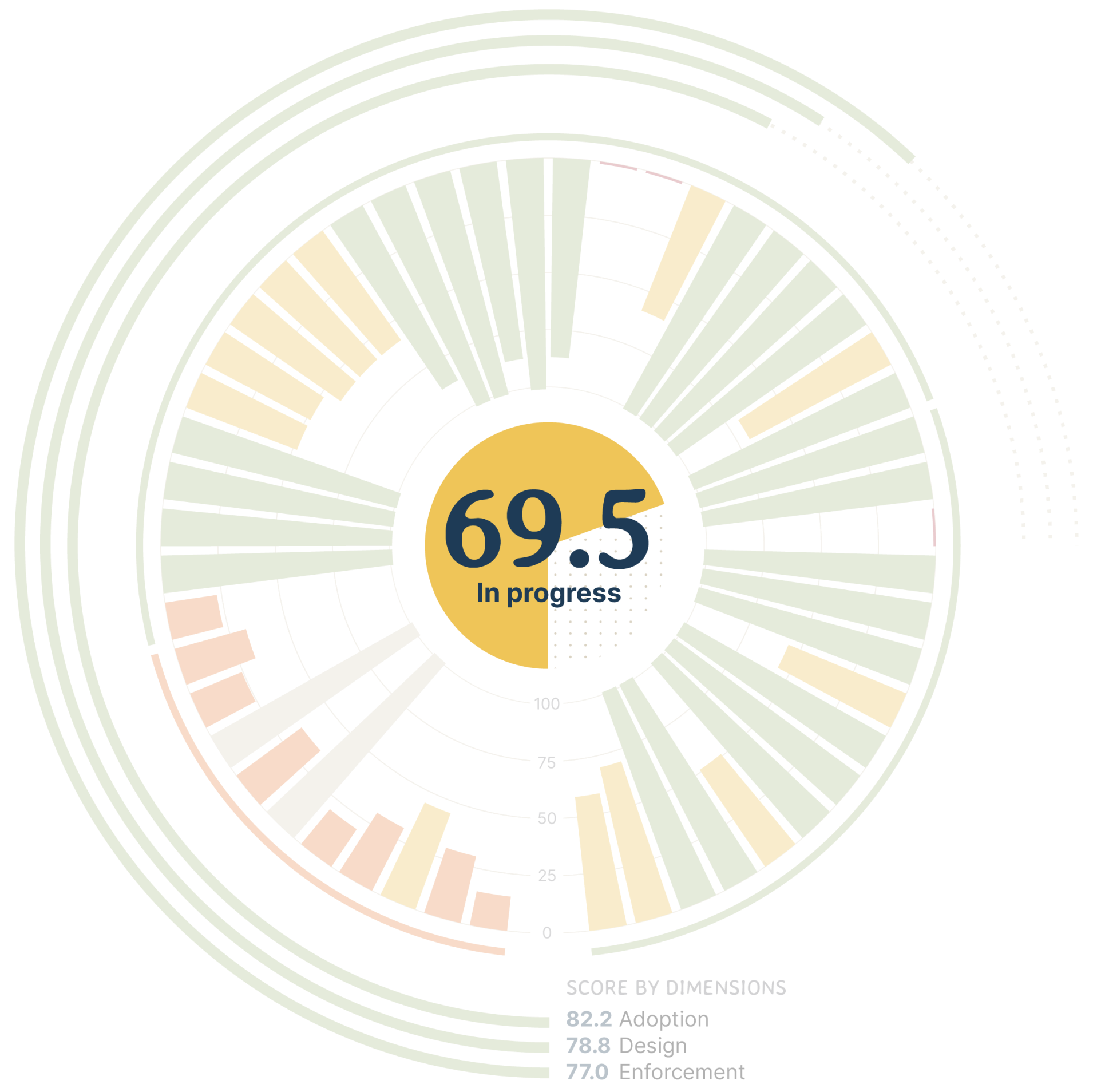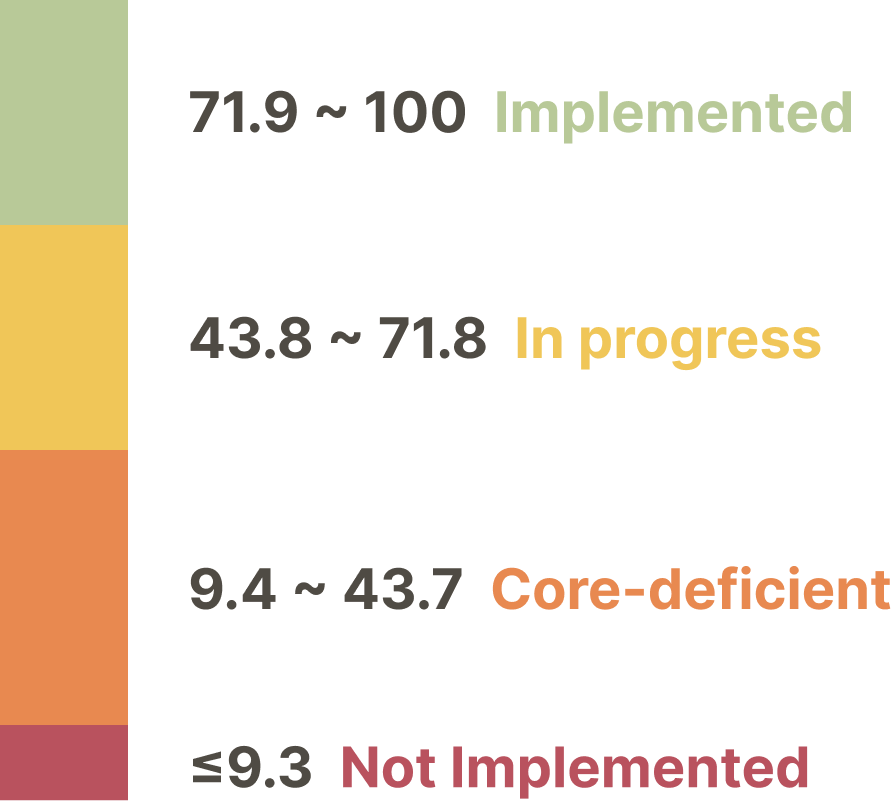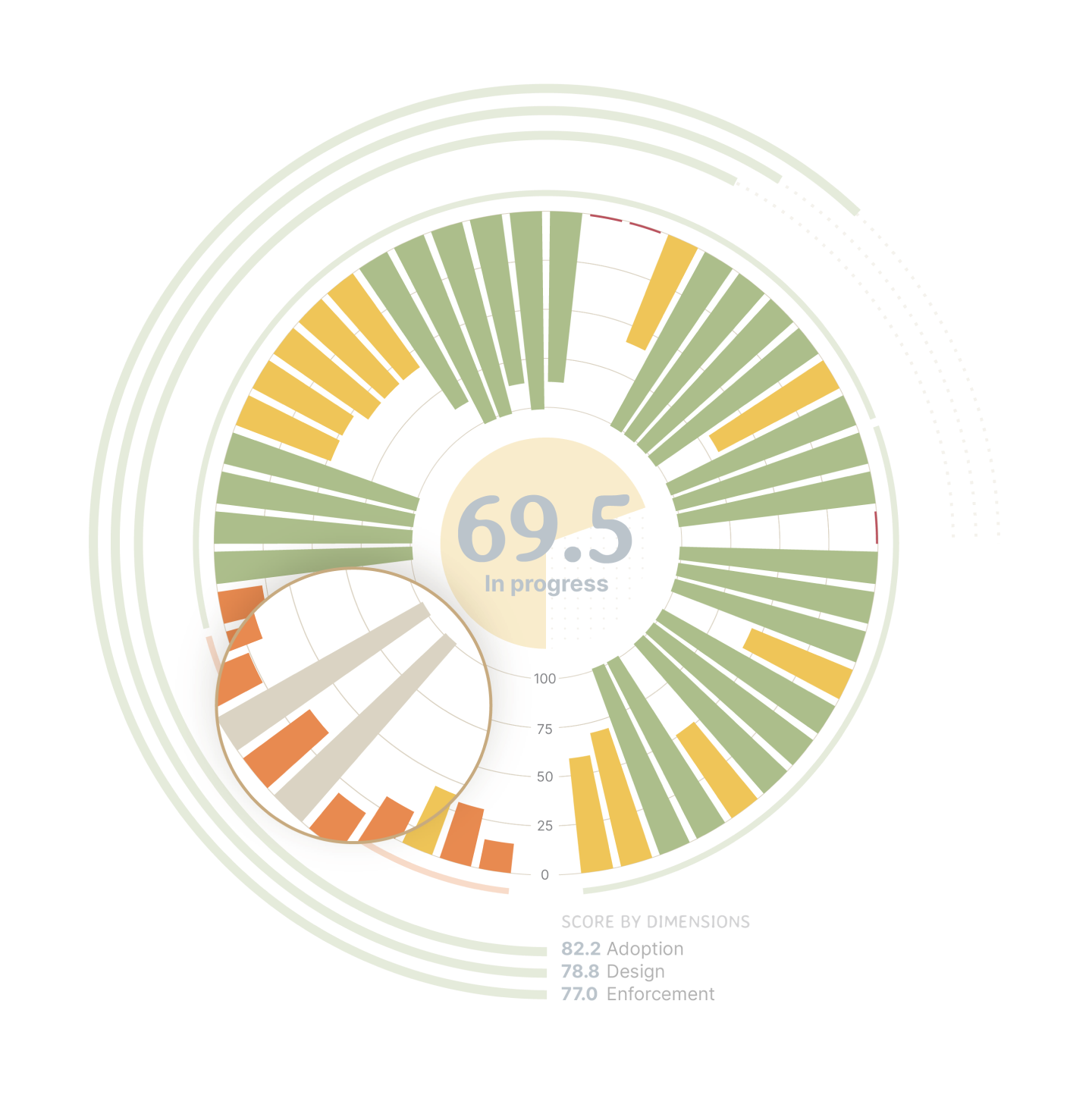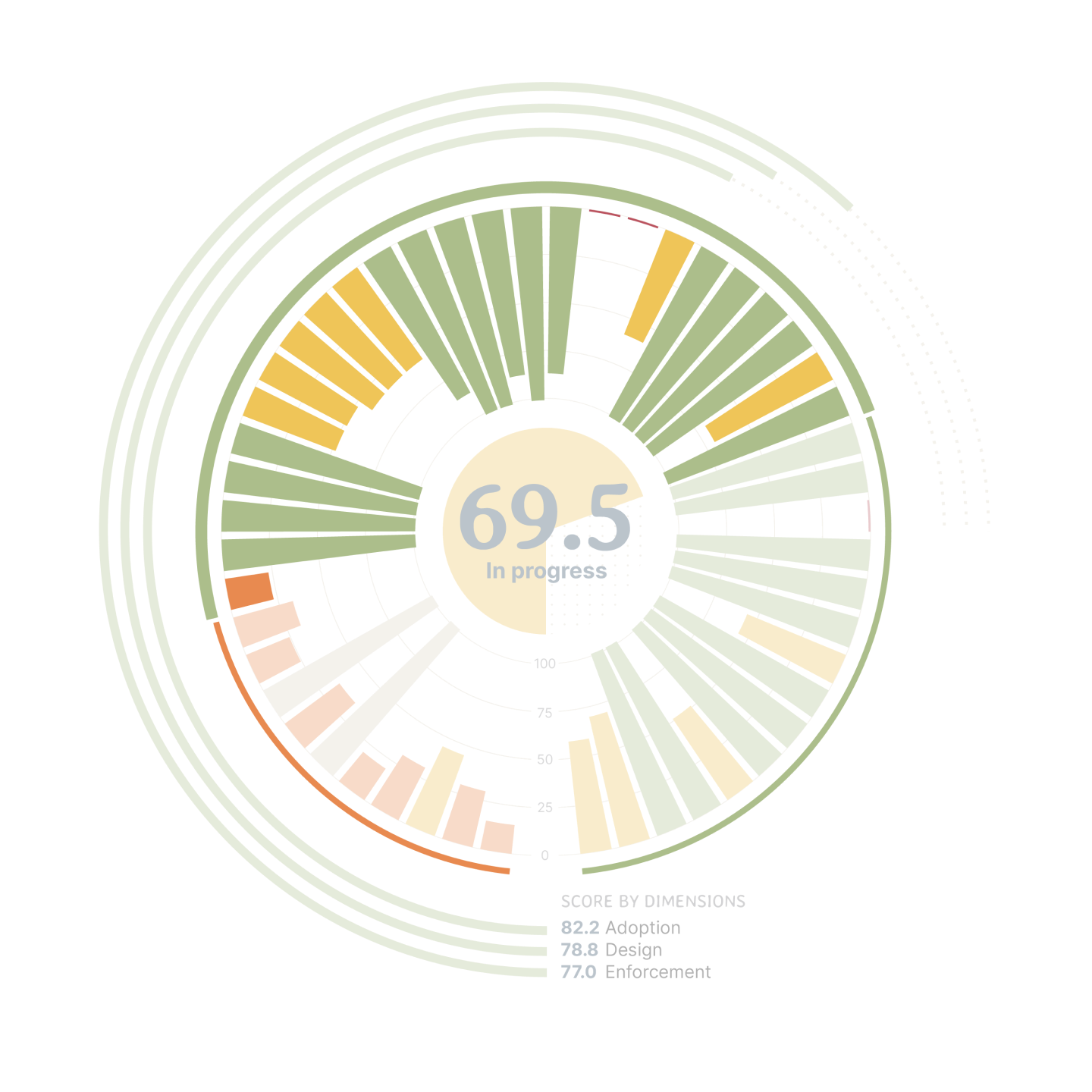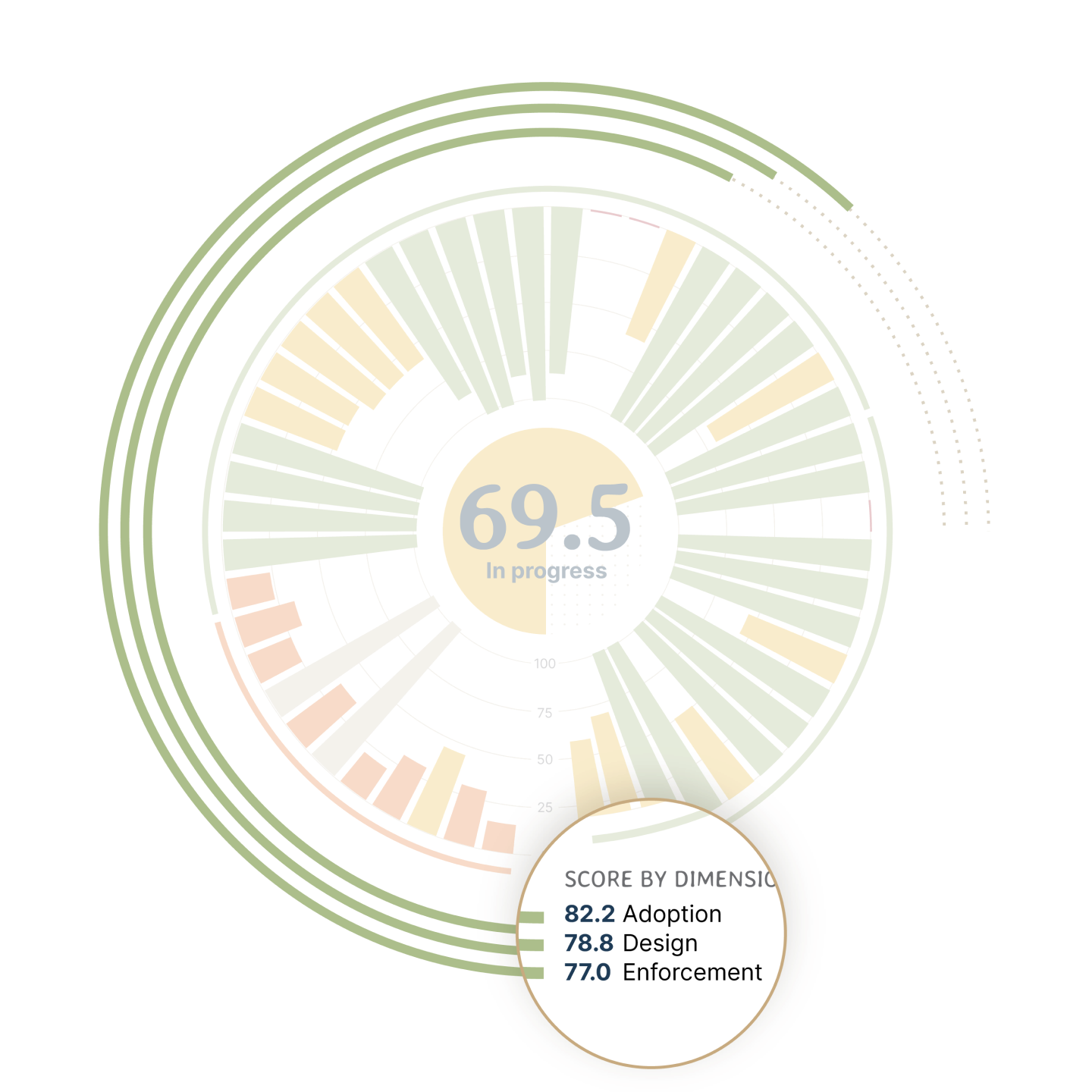
The Western Hemisphere Anticorruption Index (WHACI) represents a new generation of anticorruption research that focuses on interactive, visually represented data that users can actively engage with.
The two main components—the Convention Implementation Score (CIS) and Corruption Resilience Score (CRS)—provide an empirical analysis of major anticorruption Conventions and corruption resilience across countries in the Western Hemisphere to craft a comprehensive map of policy areas requiring reform. Based on primary and secondary sources, country profiles outline the complex nature of anticorruption efforts on national and regional scales, and piece together the comprehensive assessment to establish a new benchmark for understanding government resilience to corruption risks and the quality of anticorruption responses.


About WHACI
WHACI provides actionable indicators of the implementation of anticorruption conventions relevant for the Western Hemisphere region, namely the United Nations Convention against Corruption (UNCAC), the Inter-American Convention against Corruption (IACAC), and the OECD Anti-Bribery Convention (OECD-ABC) and offers guidance on how to strengthen anticorruption action in the region.
These measures extend beyond the scope of existing assessments to offer a complete picture of country-specific efforts in the adoption, enforcement, and design of anticorruption initiatives, which are supplemented by broad evaluations of prevention efforts, criminalization and law enforcement, and international cooperation. The strengths and weaknesses underpinning the resilience of governments to corruption are assessed and illustrated in a parallel component.
WHACI is an independent assessment of the quality of implementation of anticorruption conventions and resilience to corruption in 31 countries in the Caribbean, Central America, and South America.
explore on the mapor scroll down to understand whaci
Convention Implementations Score (CIS)
CIS empirically analyzes the quality of the implementation of international and regional anti-corruption conventions in the Western Hemisphere, which encompass the 1996 Inter-American Convention against Corruption (IACAC), the 1997 OECD Convention on Combating Bribery of Foreign Public Officials in International Business Transactions (OECD Anti-Bribery Convention), and the 2003 United Nations Convention against Corruption (UNCAC).
The CIS score was compiled using original data which was collected through the coding of review documents produced by governments, often in collaboration with civil society organizations. The review documents were collected from the Follow-Up Mechanism for the Implementation of IACAC called MESICIC, UNCAC’s Implementation Review Mechanism (IRM), and the OECD Anti-Bribery Convention Monitoring Mechanism (OECD-MM). The extent of the States Parties’ implementation efforts was assessed across three dimensions (adoption, design, enforcement) and eight indicators (effort, creation, scope, features, mechanisms, intensity, integrity, and resources) which were then scored and calculated using a weighted average based on the findings of the review documents for the IRM, MESICIC, and OECD-MM.
explore on the mapor scroll down to understand whaci
Corruption Resilience score (CRS)
CRS provides a general quantitative assessment of national and regional resilience to the risks posed by corruption in the Western Hemisphere.
The score combines five indicators (social context, quality of government, business stability, the rule of law, and security and violence) into a single score to determine and illustrate state capacities for resilience against corruption in 31 countries across the region. Each indicator consists of several major components (aggregated secondary data) which were collected from the World Bank, Transparency International, the Economist Intelligence Unit, Freedom House, The World Justice Project, etc. The period covered by the CRS ranges 10 years between 2010 and 2020.
Western Hemisphere Anticorruption Index Report 2022
The WHACI report introduces some major trends related to the implementation of anticorruption conventions in the Western Hemisphere and the resilience of 31 countries in the Caribbean, Central America, and South America to corruption.
Download Go to download section
About John Jay College of Criminal Justice, City University of New York
John Jay College of Criminal Justice has evolved into the preeminent international leader in educating for justice in its many dimensions since its establishment in 1964. Its academic programs balance the sciences, humanities and the arts with professional studies and produce innovators in law enforcement and beyond, including forensic science, law, fire and emergency management, social work, teaching, private security, forensic psychology, and corrections. The John Jay faculty, about 1,100 strong, includes Stockholm Prize and Pulitzer Prize-winners as well as widely honored scholars in a variety of scientific fields, with credentials from the world’s top universities. John Jay alumni have long held leadership roles in public-sector agencies and private companies in the United States and worldwide.
Acknowledgements
- Yuliya Zabyelina
- Project Director
- Hung-En Sung
- Project Co-Director
- Joseph Pozsgai Alvarez
- Independent Consultant
- Patty Zakaria
- Independent Consultant
- Nicole Kalczynski
- Research Assistant
- Ozden Gul
- Research Assistant
- Katelyn Ferguson
- Research Assistant
- Tatiana Vasquez
- Research Assistant
- Daiser Emilia Barberii
- Intern
- Mariam Morcos
- Intern
